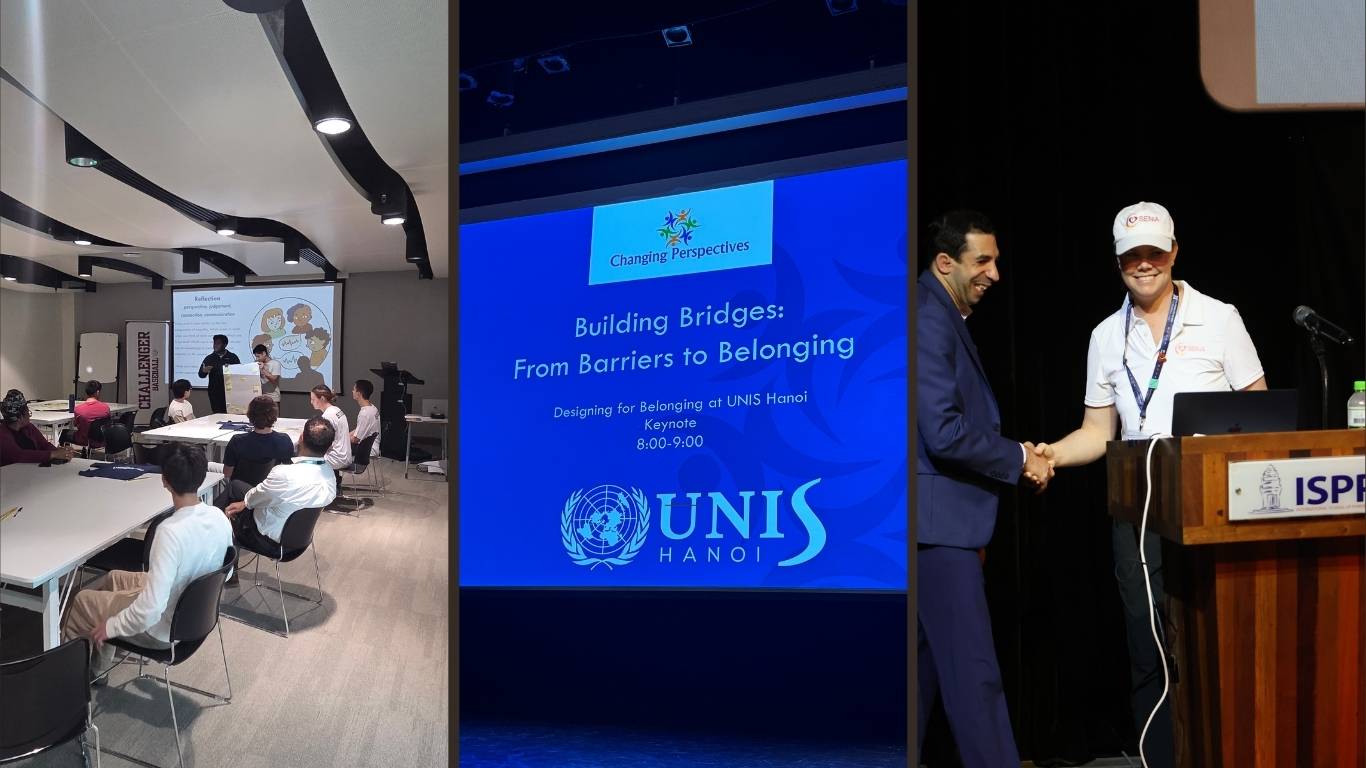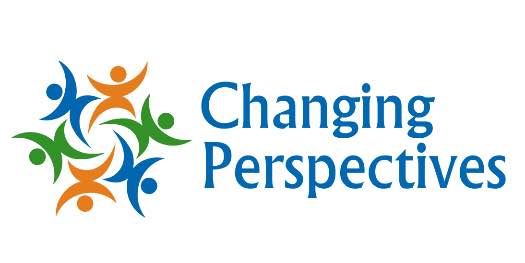
American School of Doha, SENIA Conference at the School of Phnom Penh, United Nations International School of Hanoi
International schools are far more than places of academic learning; they are vibrant communities where diversity is the norm and connection is intentional. With students and teachers representing dozens of nationalities, languages, and cultural traditions, these communities prepare learners for future academic experiences and for global citizenship in a world that demands empathy, adaptability, and cross-cultural understanding. By fostering a sense of belonging across differences, international schools model what it truly means to learn and live in a globally connected society.
What Makes International Schools Unique
With nearly 15,000 international schools worldwide, these learning communities bring together students and educators from many nations, creating classrooms where no single culture dominates. Many students have lived in multiple countries and speak several languages, while faculty often bring teaching experience from across continents.
According to The International Educator, these schools are defined by their purpose and practice. They follow curricula that extend beyond the host country’s system and foster what the publication describes as “international mindedness,” a commitment to learning that values diversity, empathy, and global awareness.
In practice, international schools intentionally cultivate environments where diversity is celebrated and collaboration comes naturally. Teachers integrate global perspectives into everyday lessons, linking academic content to real-world issues and intercultural dialogue. The result is a living model of global citizenship where curiosity, respect, and understanding thrive.
The Core Work of International Schools
The mission of many international schools transcends standardized assessments and university admissions. Their work is grounded in developing the whole child — intellectually, socially, and emotionally. Key pillars include:
- Academic Excellence: Equipping students with critical thinking, problem-solving, and research skills that open doors to higher education and global opportunities.
- Inclusion and Belonging: Ensuring that every student—regardless of ability, background, or identity—feels valued, supported, and seen.
- Community Building: Creating meaningful connections among transient populations, so that each student and family experiences belonging, even if they’re only part of the community for a few years.
- Global Citizenship: Instilling empathy, intercultural communication, and a shared responsibility to contribute positively to an interconnected world.
Together, these principles help international schools function as microcosms of the inclusive, equitable societies we aspire to build.
Challenges and Opportunities
The global nature of international education brings unique challenges. Frequent student and faculty transitions can disrupt continuity, while the diversity of languages, learning styles, and cultural norms requires intentional strategies for inclusion. Teachers must balance honoring students’ cultural identities with fostering a unified school culture that transcends borders.
Social-emotional well-being is another priority. The constant movement associated with expatriate life can cause stress, identity confusion, or feelings of isolation. To address this, schools are increasingly investing in wellness programs, counseling services, and social-emotional learning (SEL) frameworks that foster resilience and a sense of belonging.
Yet within these complexities lies tremendous opportunity. International schools are living laboratories of what inclusive education can look like in practice, offering lessons for educators worldwide about how belonging can flourish across differences.
Changing Perspectives in International Schools
At Changing Perspectives, we’ve been privileged to collaborate with international schools and networks worldwide to strengthen inclusive practices and SEL integration. Our work includes:
- Delivering the keynote “Belonging & Beyond” at SENIA in Cambodia, highlighting how educators can cultivate authentic belonging for every learner.
- Speaking at KORCOS in South Korea on Connecting People and Systems for Inclusion, sharing frameworks for whole-school transformation.
- Partnering with International Schools Services (ISS) through a virtual webinar series reaching educators across continents.
- Contributing to the EARCOS 21st Annual Teachers’ Conference (2026) with actionable strategies to weave SEL and inclusion throughout school communities.
Through these experiences, we’ve engaged with diverse educators who are redefining inclusion in global education. Whether through curriculum resources, professional learning, or thought leadership, our goal remains the same: to help schools build communities where every student — regardless of ability, culture, or background — feels they truly belong.
How We Support International Schools
Our support meets international schools where they are to guide transformative learning that changes perspectives. Whether they are just beginning or ready to deepen their impact, we help them develop common knowledge by aligning stakeholders, strengthening systems through capacity and sustainability, and fostering belonging by igniting action.
Offered together or a la carte, our five integrated services empower schools to strengthen their capacity, deepen their community, and ensure that inclusion and social-emotional learning are more than just goals; they are daily practice. Our services include:
- Professional Development: Customized training for educators available virtually or in-person that builds common language, mindsets, and practice.
- Family Workshops: Interactive sessions offered virtually or in-person, designed to equip parents to support children’s emotional well-being and adaptability across cultural transitions.
- Site Visits: Collaborative, on-the-ground support that includes classroom observations, focus groups, and co-developed action plans for sustainable inclusion.
- Virtual Coaching: Ongoing, flexible guidance that connects international educators to expert support regardless of time zone.
- Curriculum Resources: Engaging, student-centered materials on Disability Awareness and Social-Emotional Learning, helping students build empathy, respect, and self-awareness.
Conclusion: Education Without Borders
International schools show the world what’s possible when education transcends geography and embraces humanity. They build bridges between people, cultures, and ideas, shaping students who are not only academically capable but also compassionate global citizens.
At Changing Perspectives, we are honored to walk alongside these schools in advancing social-emotional learning and inclusion. By continuing this work together, we can ensure that international education remains a beacon of connection, empathy, and hope; a model of what education can and sho
